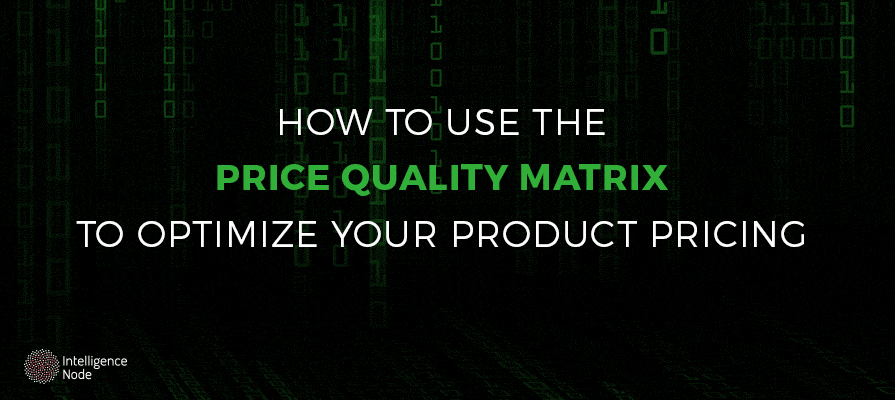
Agile product pricing strategies is one of the biggest questions retailers face for a reason. The relationship between an item’s price and its quality — and perceived value to consumers — is oftentimes the deciding factor in shaping whether or not purchase ever takes place.
In such an increasingly crowded marketplace, the concept of cash cow marketing has been called into question, leaving sellers in the eCommerce space and beyond to reevaluate how they approach their respective businesses. Fortunately, the Price Quality Matrix presents a simple way to leverage product value and address the pricing dilemma head-on.
Designed by Philip Kotler, the Price Quality Matrix centers on the cross-section between the two metrics that lend the model its name. By determining the position of your products or services relative to the competition, retailers can use the price and quality of each item to identify where they stand in the market. Of course, this knowledge can then be incorporated directly into your decision-making process when it comes time to devise a pricing strategy. Just think of it as another way to assess your relevance in today’s fast-paced and ever-changing business landscape.
How you price your products plays an integral role in how they’re perceived by consumers. So it’s important to ensure that the quality of your offer complements your price point accordingly. Based on Kotler’s nine-variable model, let’s take a closer look at the possibilities that result depending on how price and quality interact with each product or service.
In recent years, product pricing has become a bigger issue than ever before, thanks to the dynamic created by increased automation and the expansion of online retailers. However, by developing a better understanding of the connection between price and quality as described by Kotler’s model, you can use the psychological aspects of product pricing to create trust with customers that will ultimately reap long-term rewards. Simply asking yourself where each of your product offerings fits within the above categories can shape a clearer vision of where you fit within the marketplace and the possibilities for growth that lie ahead of you.
For more details about how you can optimize your pricing and foster the success and reach of your business, check out our eBook, “A Comprehensive Guide to Competitive Online Retail Pricing Strategies.”
The 2025 holiday season is around the corner. And it comes at a time where economic uncertainty looms over our…
Optimizing the digital shelf means making sure your products show up where shoppers search and buy, especially when you’re leveraging…
We may still be weeks away from the holiday rush, but smart retailers know now is the time to start…
Intelligence Node is proud to be the Official Awards Sponsor for the Women Leaders Summit & Awards India 2025, taking…
Introduction: The Importance of Taxonomy Mapping What is Product Taxonomy? Key Concepts & Definitions Why Marketplaces Differ: Amazon, Walmart, Target…
In mid-2025, when investigators discovered that 57% of Shein's discounts were fraudulent and 11% were price increases, France’s antitrust agency…
This website uses cookies.